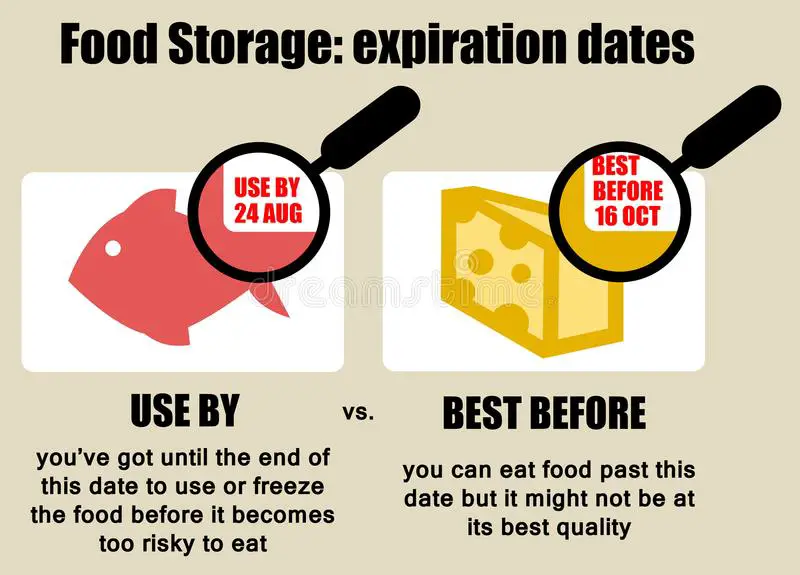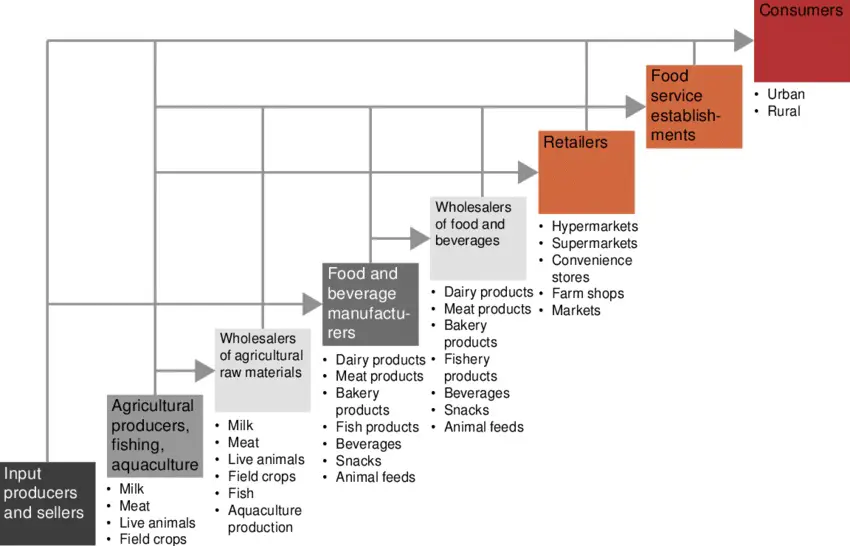Woolworths responds after shopper’s ‘absolutely disgusting’ find in chicken — 7NEWS.com.au
As a food microbiologist specialising in food safety, food spoilage, food quality and food preservation, this recent news report (link above) from earlier this month was of particular interest to me. First of all, I want to provide a response to four particular parts of that news story, then give a general commentary from my perspective.
- Posting photos appearing to show the mould spots to Facebook, James says he was lucky to spot the problem with the chicken – which was still well within the “best before” period – before eating it.
Initially when I saw this reference to a “Best Before” date, I assumed the consumer had got expiry dates mixed up and he actually meant “Use By”, because I understand there is still a great degree of confusion amongst consumers regarding expiry dates on food. So, in any case, this news story has a photo of the chicken packet and indeed, the expiry date is “Best Before”. This leads me to ask, why is it a “Best Before” date and not a “Use By” date? There are major differences between these two expiry dates with “Best Before” dates referring to product quality as impacted by food spoilage while “Use By” dates refer to product safety (Figure 1). A product has its best quality guaranteed up to the “Best Before” date, after which date it is still safe to consume, but there may be some quality deviation from what consumers expect. For example in colour or texture. However, “Use By’ dates refer to food safety considerations. After the “Use By” date, food should not be consumed as its safety is not guaranteed. Chicken is one of the foods, maybe the number food, that has the highest contamination potential from a food safety perspective. Campylobacter and Salmonella are often seen in the top two microorganisms responsible for foodborne disease, in many countries … and which food(s) are typically vehicles of transmission? Poultry and poultry products. Thus, chicken is very much a potential food safety hazard, and it should have a “Use By” date rather than a “Best Before date”.
2. “The mould has been growing for at least a couple of days and it still had two days until the expiry date!
I’m sorry, but is this guy a mycologist or a general microbiologist? How does he know it had been growing for “at least a couple of days” when the product was stored at refrigeration temperature? I can tell you, if mould spores germinated at refrigeration temperature, you certainly would not see any visible (not to the naked human eye anyway!) growth. After two days, growth would still be microscopic. It just amuses me when someone from the general public, who doesn’t know bacteria from mould and thinks you can get sick from growth of food spoilage microorganisms, makes comments like this.
3. “Maybe the product was not handled or stored properly (not refrigerated correctly either during transport or once arriving to the store maybe?) which caused the bacteria/mould to grow, which again means the product should not have been sold.
This is what I mean where he doesn’t know whether he has seen bacterial growth or mould growth. Then, trying to identify where in the supply chain the cold chain was broken. Just stick to the facts and not dramatise it all and don’t try to point fingers when you don’t know where to point them.
4. “If myself and my family had eaten this we could have gotten very sick, and that is not good enough. We expect better.”
…and here, I leave the best one until last! He thinks they could have become sick from consuming some (minor) spoiled food. If it is common for the general public to think that they can become sick from eating spoiled food, then we have a big issue on our hands of trying to bust some pretty big myths. For the record, let it be known that spoiled food is generally speaking, safe to eat – I have no problem with eating a small amount of mouldy food for example. While it might be safe to eat, the main issue will be based on quality, as the food may be unpalatable. Just think, if foodborne disease was caused by spoiled food, then foodborne disease would rarely occur, right? However it doesn’t. Foodborne disease is caused pathogenic microorganisms that have grown in or on a food without causing detectable changes to the food. This is why and how it is so easy to come down with a foodborne disease, because we just don’t know when we might consume an infectious dose of pathogenic microorganisms!
Overall, I think this has just highlighted the degree of scientific literacy in Australian society. Clearly, as food science professionals, we have some work to do in the area of public awareness. One undervalued area in food science and technology is its crossover with supply chain management and logistics. Many people I feel, just cannot appreciate the complexities of modern agrifood supply chains (Figure 2). People at each and every step of the often long and involved agrifood supply chain for a given product are doing there best, and unfortunately, once in a blue moon, a mishap occurs. Now, that is no reason to ‘crucify’ someone over this. This is especially so when one consider the impeccable food safety and food spoilage record of primary producers, logistics and retailers and that spoilage of food and safety breaches are more likely to occur in the domestic environment, yes, carelessness in our homes is more likely to result in spoiled food, wasted food and foodborne disease due to cross-contamination and temperature control.



